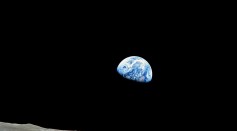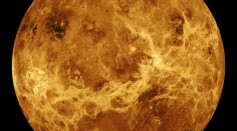science

Celebrate Earth Day with NASA
Scientists Set a New Record with Most Accurate Clock Ever Built
Largest Known Structure in the Known Universe Turns Out To Be a Supervoid
Vampire Squids Reveal Far More Secrets Below—How These Deep-Sea Dwellers Are Changing The Biology Game

Curiosity Observing While On the Move
NASA Defends Asteroid Mission and Earth Research to Congress
They’re ALIVE—With a Snapshot Researchers Reveal That Bouvier’s Red Colobus Monkeys Survived

Scientists Believe That Venus Holds the Secret of How Life Developed on Earth
Holding Clinical Researchers Accountable—WHO Puts New Timelines on Publishing
The Miracle of Birth of the Ancient Mosasaurs
New Sensitivity Study May Reveal ‘Terror Birds’ Hunted In Packs
With a Bit of Luck and Inspiration, One 4-Year-Old Boy Found a Dinosaur in Texas
Giving a Voice to Long-Lost—New ‘Terror Bird’ Species Reveals a Knack for Being on the Hunt
Tombs Filled with Mummies Discovered in Peru
Most Popular

China’s Tiangong Space Station to Expand Its Capabilities With New Modules

AI Revolution in Medical Education: Transforming How Healthcare Professionals Learn

Exploring Life Beyond Earth: Study Claims Other Planets Could Be Suitable for Alien Life

Out of Office, Not Out of Mind: Planning for Employee Holiday Absences





